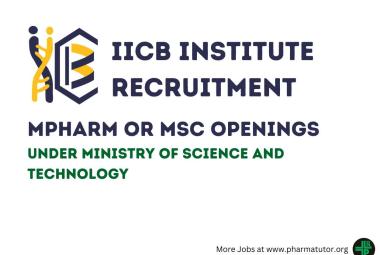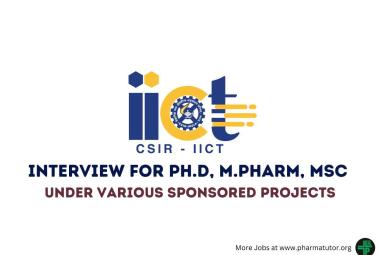Researchers from Stockholm University, in international collaboration with UK and Japan, has reached a breakthrough in understanding how fructose is transported into our cells. This could be a potential benefit for the development of novel treatments against some forms of cancer, obesity and diabetes. The results are published as an article in the scientific journal Nature.
The research deals with how fructose, one of the major sugars in our diet, is taken up by our cells from the blood. The researchers have been able to show how the protein GLUT5, at atomic level, transports fructose through the cell membrane.
“By revealing how the fructose transporter functions at the atomic level, we can now begin to understand other things about it. For example, how this gate-keeper is selective to fructose from all other thousands of other molecules our cells are constantly bombarded by”, says Dr. David Drew, researcher at the Department of Biochemistry and Biophysics at Stockholm University.
Understanding the fundamental processes is an important step in research on diseases and health problems related to sugar uptake, such as diabetes, obesity and cancer.
“Many cancer cells, such as those found in breast cancer, have a higher metabolic requirement for sugar and the bottleneck for using sugar is the transport into the cell. Now that we know the structure of the transport protein, it might be possible to design a molecule that specifically jams it and thereby starving the cancer cells”, says David Drew.
The technique used for finding the structure of the fructose transporter is called x-ray crystallography. Through analysis of the positions of the atoms, researchers have managed to build three-dimensional models of the transport protein GLUT5. The research team is led by Dr. David Drew from Stockholm University and Professor So Iwata at Kyoto University and Imperial College London. The article "Structure and mechanism of the mammalian fructose transport GLUT5" is published in the scientific journal Nature on September 30
source:Stockholm University
Subscribe to PharmaTutor News Alerts by Email >>










